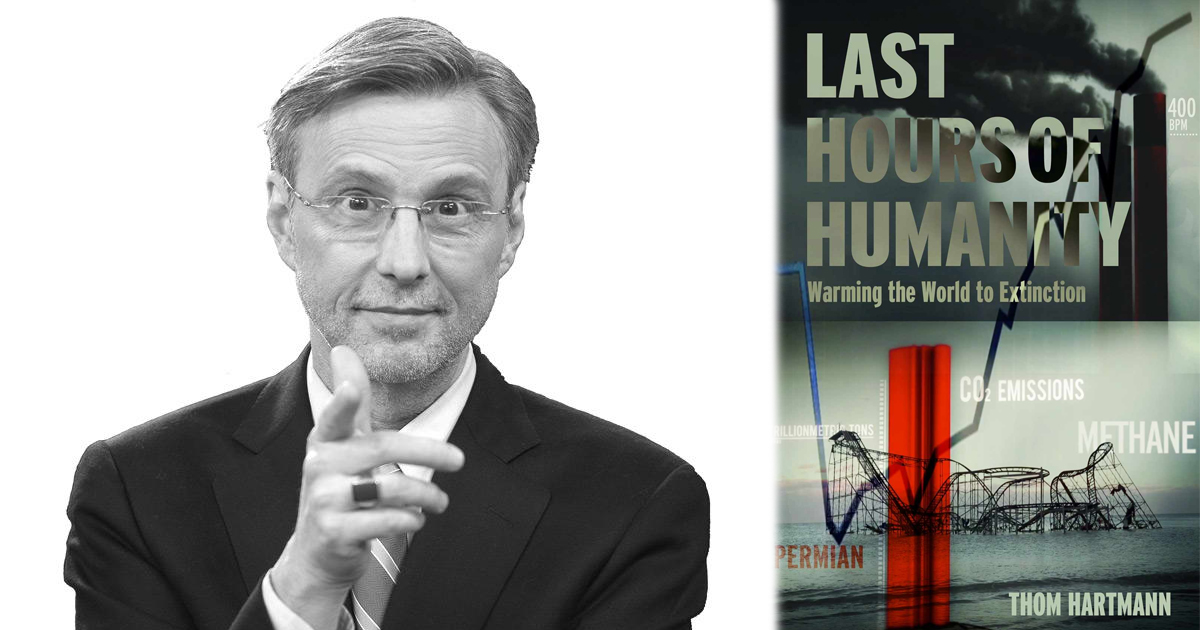The following information is from HealthcareProblems.org:
-
In 2007, nearly 50 million Americans did not have health insurance, while another 25 million were underinsured. (Source: Commonwealth Fund Biennial Health Insurance Survey 2007)
- The amount people pay for health insurance increased 30 percent from 2001 to 2005, while income for the same period of time only increased 3 percent. (Source: Robert Wood Johnson Foundation)
- The total annual premium for a typical family health insurance plan offered by employers was $12,680 in 2008. (Source: Kaiser/HRET Survey of Employer-Sponsored Health Benefits, 2008)
- Healthcare expenditures in the United States exceed $2 trillion a year. (SOURCE: Centers for Medicare & Medicaid Services, Office of the Actuary, National Health Statistics Group;) In comparison, the federal budget is $3 trillion a year.
- The number of people who are underinsured has grown 60 percent to 25 million over the past four years.
- The fastest growing segment of the underinsured are middle and upper income families. The rate of underinsured for those with incomes of $40,000 or more nearly tripled, to 11 percent.
- The highest rate of underinsurance is in families with incomes under the poverty level (about $20,000), at 31 percent.
- In a study completed by the Commonwealth Fund, 45 percent of the adults in the survey reported that they had a hard time paying their bills, even with health insurance, and had been contacted by a collection agency or had to change their way of life in an effort to pay their medical bills.
- Approximately 50 percent of personal bankruptcies are due to medical expenses. (Source: Health Affairs)
- According to a Kaiser Family Foundation poll, 28 percent of middle income families (annual family income between $30,000 and $75,000) stated that they were currently having a serious problem paying for healthcare or health insurance.
- Health care benefits are an important factor in either taking a new job or staying with a current job. Approximately 25 percent of employed individuals choose employment based on better health benefits. (Source: Kaiser Family Foundation)
- Many co-habitating couples are getting married in order to provide their new spouse with access to health care benefits. (Source: Kaiser Family Foundation)
- Retirees will need an estimated $635,000 (per couple over age 65) to cover healthcare costs in retirement. This amount is estimated to give a retired couple a 90 percent chance of having enough money to pay for their health expenses beyond what Medicare covers. (Source: Employee Benefit Research Institute)
- Health care expenditures in the United States are the highest of any developed country, at 15.3% of GDP. The country with the next highest spending is Switzerland, at 11.6% of GDP. (Source: Organisation for Economic Co-operation and Development)
- The United States does not spend health care money efficiently. An estimated one-third of 2006 health care expenditures, about $700 billion or nearly 5% of GDP, did not improve health outcomes. (Source: Congressional Budget Office)
- Prescription prices for drugs still under patent protections (as opposed to generic medications) are about 35% to 55% higher in the United States than they are in other countries. (Source: Congressional Budget Office)
- 75% percent of total health care spending in the United States in 2007 went towards the treatment of chronic diseases, such as diabetes and asthma. (Source: CMS)
- Approximately half of all chronic diseases are linked to preventable problems including smoking, obesity, and physical inactivity. (Source: CDC)
-
Numerous studies have shown that when patients with chronic diseases focus on their health and get involved in their own care, their health improves and health expenses decrease.
The following information is from Health Impact Daily News:
Over the course of the past two decades, U.S. spending on prescription drugs increased from $40 billion to more than $230 billion.
GlaxoSmithKline, Pfizer, Eli Lilly, and Schering-Plough accounted for 53 percent of all financial penalties imposed on pharmaceutical companies between 1990 and 2010.
In August of last year, the Bureau of Investigative Journalists also shed some much needed light on the vast corruption within the pharmaceutical industry. A large number of pharmaceutical companies are guilty of fraud, cover-ups of fatal side effects, and huge kickbacks paid to doctors.
A total of 19 drug companies also made AllBusiness.com’s Top 100 Corporate Criminals List for the 1990s. Charges run the gamut from international price-setting, illegal marketing, false claims, hiding serious problems with their drugs and, in one case (Ortho, a subsidiary of Johnson & Johnson), obstruction of justice and eight counts of persuading employees to destroy documents in a federal investigation.
Of the 165 settlements comprising $19.8 billion in penalties during this 20-year interval, 73 percent of the settlements (121) and 75 percent of the penalties ($14.8 billion) have occurred in just the past five years (2006-2010).
… The practice of illegal off-label promotion of pharmaceuticals has been responsible for the largest amount of financial penalties levied by the federal government over the past 20 years. This practice can be prosecuted as a criminal offense because of the potential for serious adverse health effects in patients from such activities.

